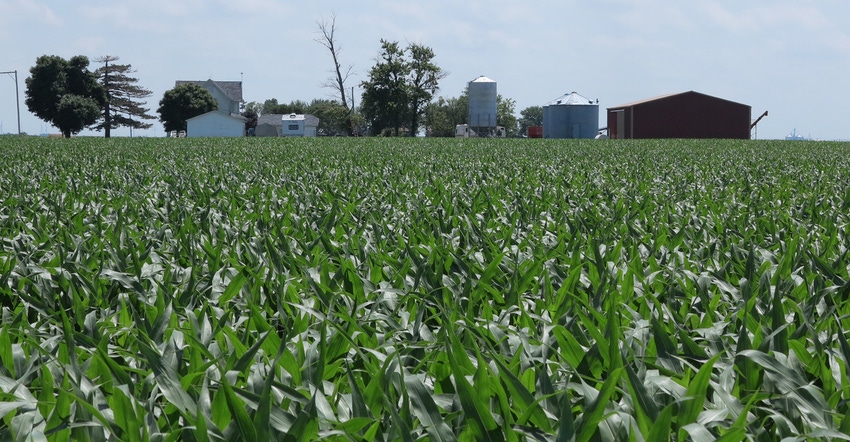
If you read much about cover crops, you will discover both farmers and agronomists advising against planting corn after a cereal rye cover crop. Many people like what they see planting soybeans after cereal rye, but not corn.
Robert Ormiston, who owns land in Newton County, isn’t one of those people. Ormiston believes you can plant corn after cereal rye and still harvest good yields. It’s all in how you manage it, he says.
“Our tenant planted corn after cereal rye this past year, and it yielded 220 bushels per acre,” Ormiston says. “In mid-June it was dark green and looked very good.”
Ormiston says his tenant, Gary Cooper, makes sure to apply adequate amounts of nitrogen early enough before N becomes a limiting factor in this type of situation. “The key is making sure there is enough nitrogen for plants before nitrogen gets tied up,” he explains.
Many people shy away from corn after cereal rye because of the fact that as the residue breaks down, the bacteria decomposing it tie up the nitrogen. The N from the cereal rye is not available to the plants while this process occurs.
When agronomists advise not following cereal rye with corn, often they’re directing their statements toward those with less experience with cover crops. If rye grows excessively before burndown and produces huge amounts of residue, that can mean an even greater chance of tying up too much nitrogen.
Even some experienced no-tillers who use cover crops prefer not to plant corn after rye as a general practice. Many of them, though, praise its ability to help control marestail and other weeds ahead of soybeans.
Farmers often ask how long after termination it will take to get the nitrogen tied up in the breakdown of the cover crop back into a form where plants can use it. Eileen Kladivko, a Purdue University Extension agronomist, says there still isn’t a good answer to that question. Studies are underway at Purdue to attempt to clarify how the breakdown process occurs, and when nitrogen that was tied up in the cover crop is available to plants again.
About the Author(s)
You May Also Like




